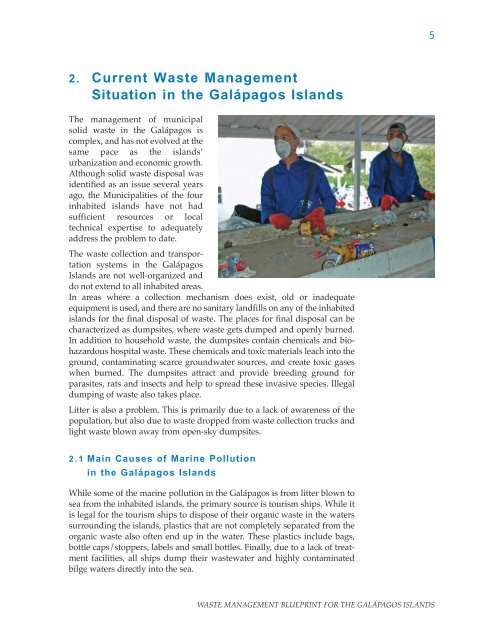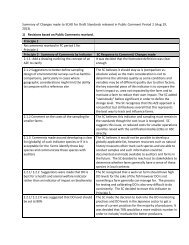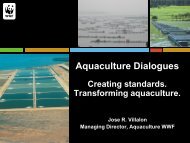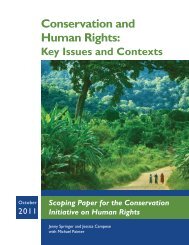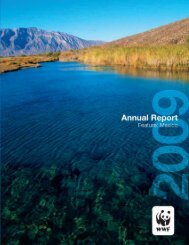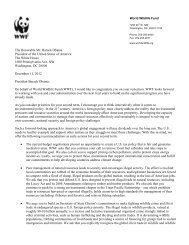Waste Management Blueprint for the Galápagos Islands
Waste Management Blueprint for the Galápagos Islands
Waste Management Blueprint for the Galápagos Islands
- No tags were found...
You also want an ePaper? Increase the reach of your titles
YUMPU automatically turns print PDFs into web optimized ePapers that Google loves.
52. Current <strong>Waste</strong> <strong>Management</strong>Situation in <strong>the</strong> Galápagos <strong>Islands</strong>The management of municipalsolid waste in <strong>the</strong> Galápagos iscomplex, and has not evolved at <strong>the</strong>same pace as <strong>the</strong> islands’urbanization and economic growth.Although solid waste disposal wasidentified as an issue several yearsago, <strong>the</strong> Municipalities of <strong>the</strong> fourinhabited islands have not hadsufficient resources or localtechnical expertise to adequatelyaddress <strong>the</strong> problem to date.The waste collection and transportationsystems in <strong>the</strong> Galápagos<strong>Islands</strong> are not well-organized anddo not extend to all inhabited areas.In areas where a collection mechanism does exist, old or inadequateequipment is used, and <strong>the</strong>re are no sanitary landfills on any of <strong>the</strong> inhabitedislands <strong>for</strong> <strong>the</strong> final disposal of waste. The places <strong>for</strong> final disposal can becharacterized as dumpsites, where waste gets dumped and openly burned.In addition to household waste, <strong>the</strong> dumpsites contain chemicals and biohazardoushospital waste. These chemicals and toxic materials leach into <strong>the</strong>ground, contaminating scarce groundwater sources, and create toxic gaseswhen burned. The dumpsites attract and provide breeding ground <strong>for</strong>parasites, rats and insects and help to spread <strong>the</strong>se invasive species. Illegaldumping of waste also takes place.Litter is also a problem. This is primarily due to a lack of awareness of <strong>the</strong>population, but also due to waste dropped from waste collection trucks andlight waste blown away from open-sky dumpsites.2.1 Main Causes of Marine Pollutionin <strong>the</strong> Galápagos <strong>Islands</strong>While some of <strong>the</strong> marine pollution in <strong>the</strong> Galápagos is from litter blown tosea from <strong>the</strong> inhabited islands, <strong>the</strong> primary source is tourism ships. While itis legal <strong>for</strong> <strong>the</strong> tourism ships to dispose of <strong>the</strong>ir organic waste in <strong>the</strong> waterssurrounding <strong>the</strong> islands, plastics that are not completely separated from <strong>the</strong>organic waste also often end up in <strong>the</strong> water. These plastics include bags,bottle caps/stoppers, labels and small bottles. Finally, due to a lack of treatmentfacilities, all ships dump <strong>the</strong>ir wastewater and highly contaminatedbilge waters directly into <strong>the</strong> sea.WASTE MANAGEMENT BLUEPRINT FOR THE GALÁPAGOS ISLANDS


